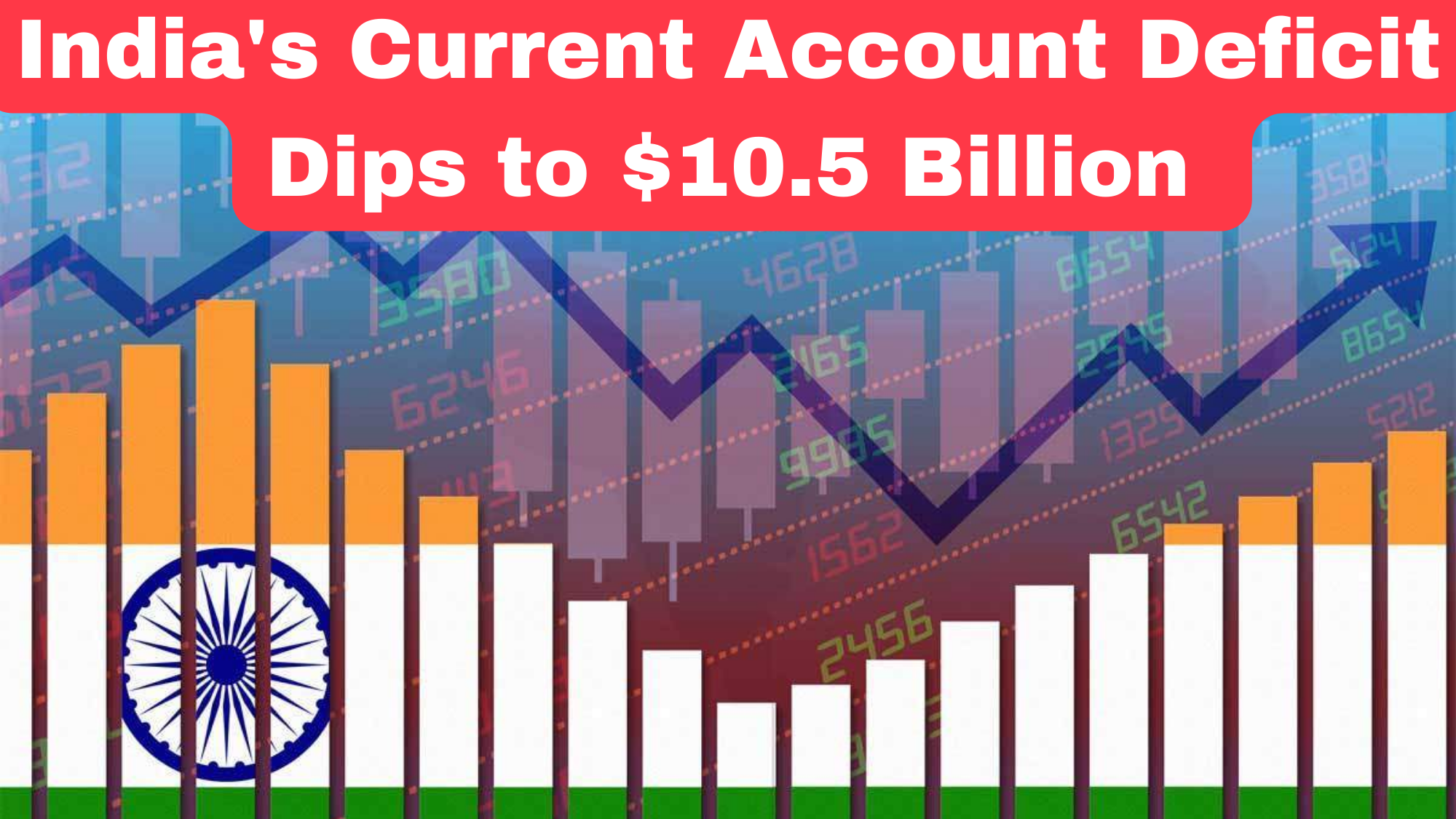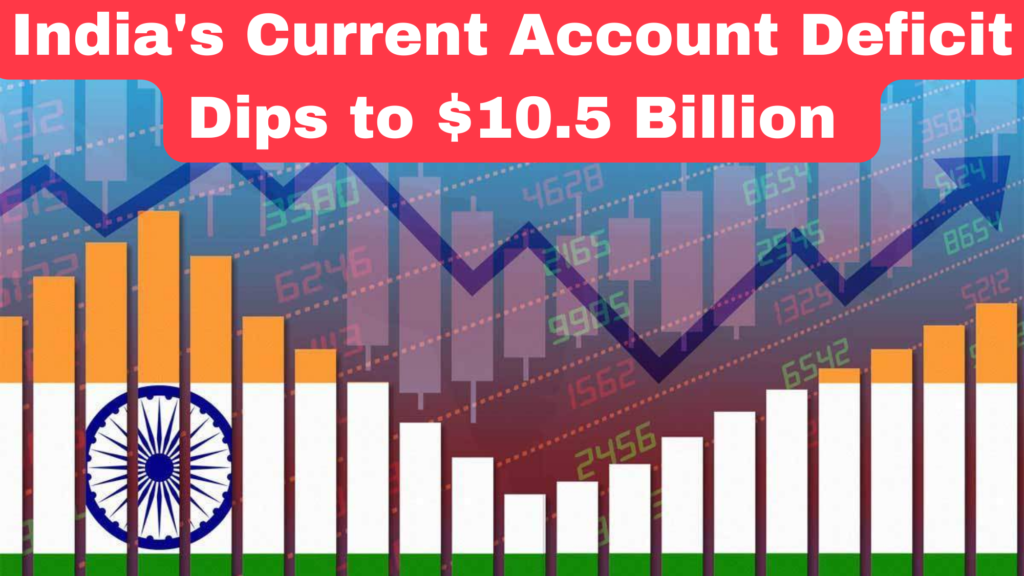

Why India’s current account deficit dips to $10.5 billion?
The latest data from the Reserve Bank of India has revealed a notable shift in the foreign investment landscape in India during the period of April to December 2023.
Also Read: Why Adani Ports Acquire Majority Stake in Gopalpur Port? (investonomic.co.in)
The figures indicate that the net foreign direct investment (FDI) inflow into the country stood at $8.5 billion, representing a decrease from the corresponding period in 2022 when FDI inflows had reached $21.6 billion.
This decline in FDI inflows raises questions about the factors influencing foreign investors’ decisions and the overall investment climate in India.
Conversely, portfolio investment experienced a significant upturn during the same period, recording a net inflow of $32.7 billion in April-December 2023.
This positive trend marks a stark contrast to the previous year when portfolio investment had witnessed an outflow of $3.5 billion.
The surge in portfolio investment suggests a growing interest among investors in the Indian financial markets, potentially driven by factors such as improved market conditions, attractive investment opportunities, and policy reforms.
In addition to the positive performance of portfolio investment, the foreign exchange reserves of India also exhibited a robust growth trajectory, accruing $32.9 billion during April-December 2023, excluding valuation effects.
The accumulation of foreign exchange reserves is crucial for maintaining stability in the external sector and ensuring resilience against external shocks. The substantial increase in reserves reflects a healthy balance of payments position and reinforces India’s ability to meet its international payment obligations.
While the decrease in FDI inflows may raise concerns about the attractiveness of India as a destination for foreign investment, the positive trends in portfolio investment and foreign exchange reserves indicate underlying strengths in the Indian economy.
The government and policymakers may need to assess the factors contributing to the decline in FDI and implement measures to enhance the investment climate, address regulatory challenges, and promote investor confidence.
Overall, the evolving dynamics of foreign investment inflows in India underscore the importance of monitoring and analyzing investment trends to make informed decisions that support sustainable economic growth and development.
Also Read:शून्य निवेश; बिजनेस आइडिया और निष्पादन रणनीति रणनीति (investonomic.co.in)
As India navigates the changing global economic landscape, fostering a conducive environment for both FDI and portfolio investment will be essential to harnessing the full potential of foreign capital inflows and driving economic prosperity.Why India’s current account deficit dips to $10.5 billion?



